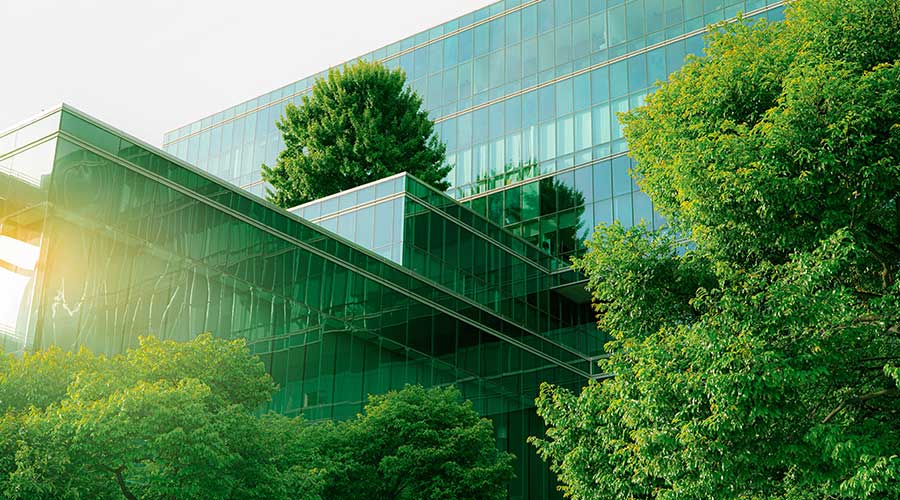States Raise The Bar On High-Performance Buildings
The U.S. Department of Energy projects that by the end of 2015, about 25 states, concentrated on the East and West coasts, will have adopted the 2012 version of the International Energy Conservation Code (IECC). This latest version of the IECC heavily references ASHRAE Standard 90.1-2010, a standard that includes several updates to requirements for mechanical, electrical, and lighting systems. The new standards for these systems will raise the bar, contributing significantly to energy savings, as compared to the 2007 90.1 standard.
As of July 9 of this year, all federal projects must be designed to comply with ASHRAE 90.1-2010. In addition, ASHRAE 90.1 has been the referenced energy standard within all LEED rating systems, including the latest release of LEED v4. For the immediate future, projects can be registered under both LEED 2009 and v4; as of June 1, 2015, however, all new projects will need to be registered under the LEED v4 rating system. Due to this interconnection, it is important to compare and analyze the changes within both LEED v4 and ASHRAE 90.1-2010 simultaneously.
Given the many LEED references to ASHRAE 90.1 in regard to building energy use and goal-setting for improvement over the baseline, there can be no doubt of the interconnection that exists between 90.1 and the LEED rating system. As seen in the chart at right, ASHRAE standards for building energy use have become more stringent over time.
While ASHRAE 90.1-2010 incorporates numerous revisions from the previous version, the bulk of the mechanical and energy-related updates occur within chapters 5, 6, 8, and 9.
Two notable modifications focus on the building envelope within Chapter 5. Continuous air barriers for buildings are now required in order to be compliant with 90.1-2010. To go along with this, fenestration and door leakage allowances have been expanded upon and leakage-testing methods have been updated with stricter requirements.
For fenestrations, Chapter 5 requires that the total area of south-facing windows on all buildings be greater than or equal to the total area of east- as well as west-facing windows for compliance. Skylights are also now required for buildings 5,000 square feet and over, less than four stories, and with ceilings higher than 15 feet.
Chapter 6 focuses solely on HVAC systems within buildings. The first of several modifications to 90.1 within this chapter has to do with equipment part-load efficiencies. It is recognized that most buildings do not operate at full load for many hours over a 24-hour period. As a result, 90.1-2010 has homed in on increasing off-peak or part load equipment efficiencies.
In an effort to further decrease energy us and increase building efficiencies, Chapter 6 of 90.1-2010 now requires greater insulation thicknesses on piping delivering liquids above 105 F and up to 350 F. Additionally, outside air economizers and exhaust air energy recovery systems are required for compliance in a larger number of climate zones than previous versions of 90.1.
Chapter 8 of ASHRAE 90.1 deals primarily with building power systems. The most prominent revision within this chapter deals with 15 and 20 amp, 120V receptacles within office spaces and computer classrooms. The added requirement is for 50 percent of these receptacles to have automatic controls installed. Therefore, while energy savings should result, power system complexity will be increased.
Related Topics:














